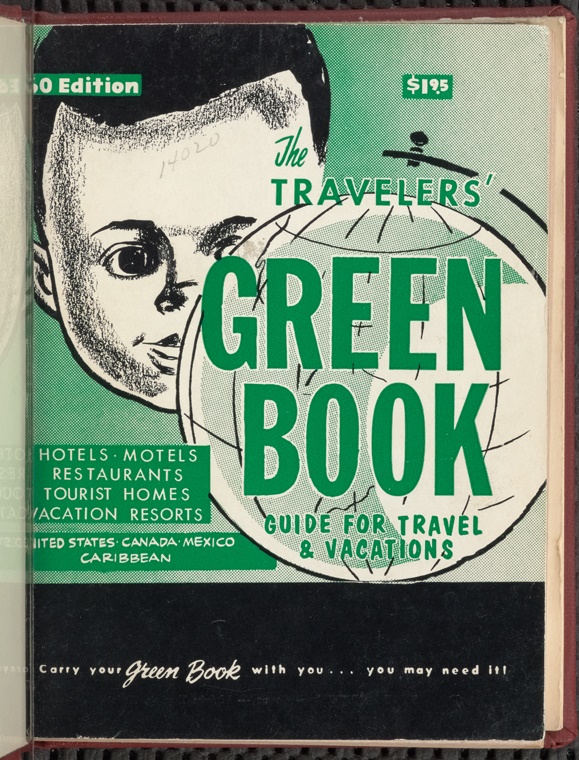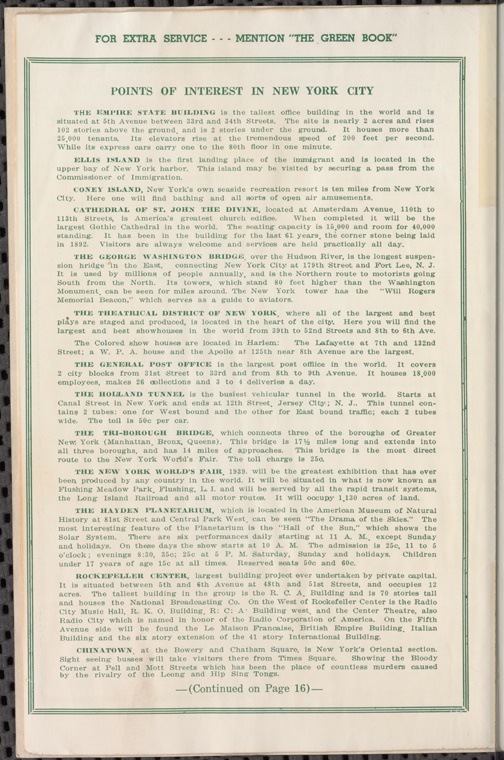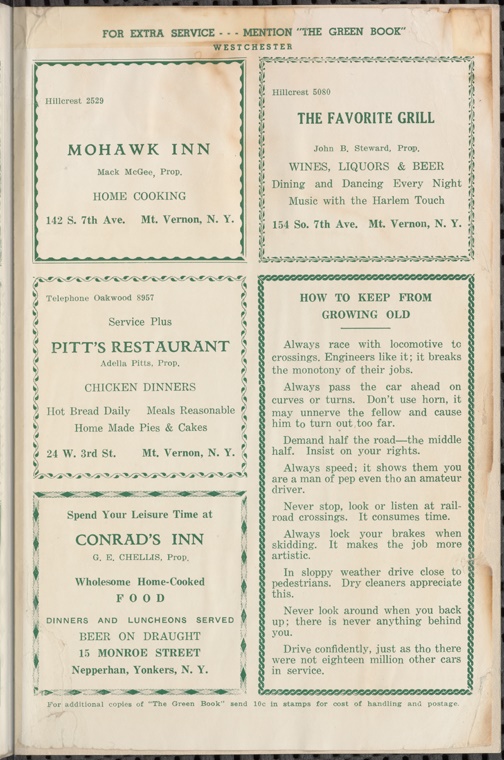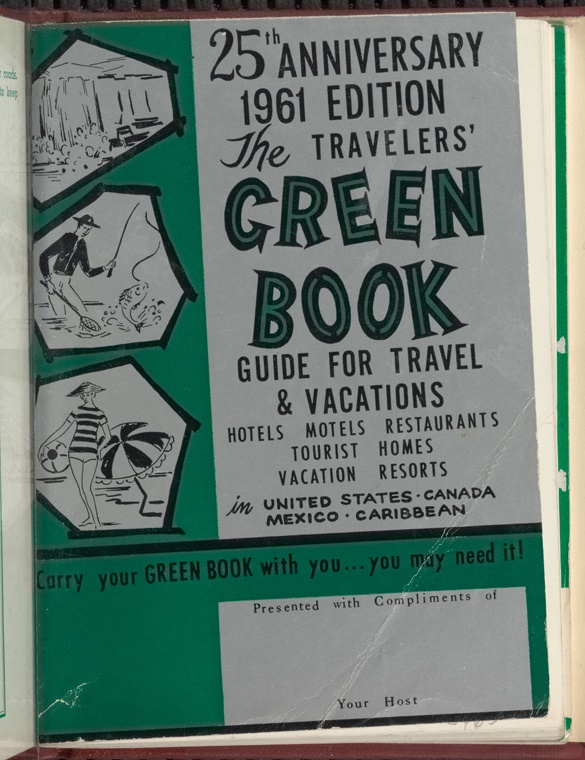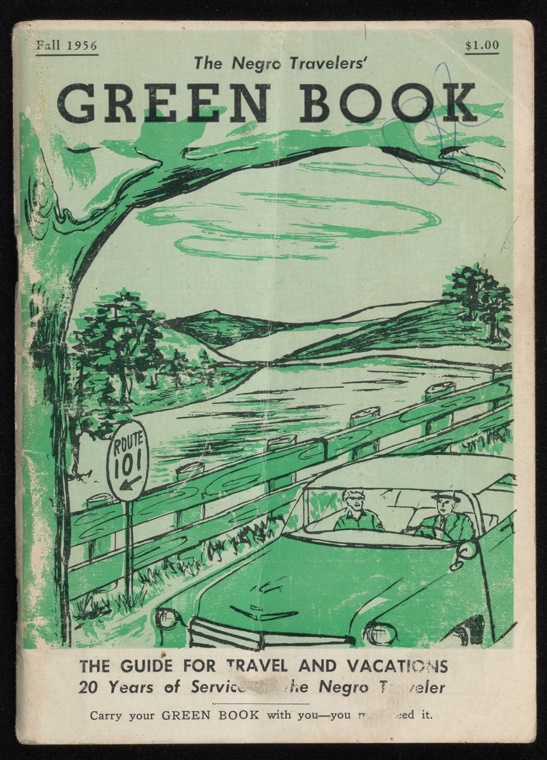I’ve long wondered what it would feel like to have synesthesia, the neurological phenomenon — this straight from Wikipedia — “in which stimulation of one sensory or cognitive pathway leads to automatic, involuntary experiences in a second sensory or cognitive pathway.” A synesthete, in other words, might “see” certain colors when they read certain words, or “hear” certain sounds when they see certain colors. Non-synesthetes such as myself have trouble accurately imagining such an experience, but we can get one step closer with the work of Greek artist-musician-physicist Yiannis Kranidiotis, who, in his “Ichographs” series, turns the colors of famous paintings into sound.
“Examining the relationship between color and sound frequencies,” writes Hyperallergic’s Claire Voon, “Kranidiotis has recently composed a soundscape for Raphael’s ‘Madonna del Prato’ (1505), or ‘Madonna of the Meadow.’ His resulting video work, ‘Ichographs MdelP,’ visualizes the breaking up of the painting into 10,000 cubic particles that correspond to various sounds, honing in on specific parts of the canvas to explore the different tones of different colors.” You can view that video at the top of the post, and see even more at Kranidiotis’ Vimeo channel.
Voon quotes Kranidiotis as explaining the basic idea behind the project: “Each color of a painting can be an audio frequency. Each particle, like a pixel in our computer screen, carries a color and at the same time an audio frequency (sinusoidal wave).” He chose a Renaissance painting “to generate a high contrast between the classical aesthetics and the digital transformations that occur,” as well as to make use of its “blue and red colors that help to create a complex and interesting audio result.”
The artist has more to say at The Creators Project, explaining that “there are areas of sound and color (light) that humans can perceive with their eyes and ears (hearing and visible range) and areas where we need special equipment (like infrasound—ultrasound and infrared—ultraviolet ranges). As a physicist, I was always fascinated by these common properties and I was investigating ways to highlight and juxtapose them.”
You can enjoy more Ichographic experiences in the other two videos embedded here, the first an overview of the process as applied to a variety of paintings from a variety of eras, and then a piece focused on transforming into sound the colors of Claude Monet’s 1894 “Rouen Cathedral, West Facade.” While Kranidiotis’ process doesn’t draw from these works of visual art anything you’d call music, per se, the sonic textures do make for an intriguingly incongruous ambient accompaniment to these well-known canvases. If the Louvre offered his “compositions” loaded onto those little audio-tour devices, maybe I’d actually use one.
via Hyperallergic/The Creators Project
Related Content:
Free Course: An Introduction to the Art of the Italian Renaissance
Bach’s Brandenburg Concerto #4, Visualized by the Great Music Animation Machine
Based in Seoul, Colin Marshall writes and broadcasts on cities and culture. He’s at work on a book about Los Angeles, A Los Angeles Primer, the video series The City in Cinema, the crowdfunded journalism project Where Is the City of the Future?, and the Los Angeles Review of Books’ Korea Blog. Follow him on Twitter at @colinmarshall or on Facebook.
